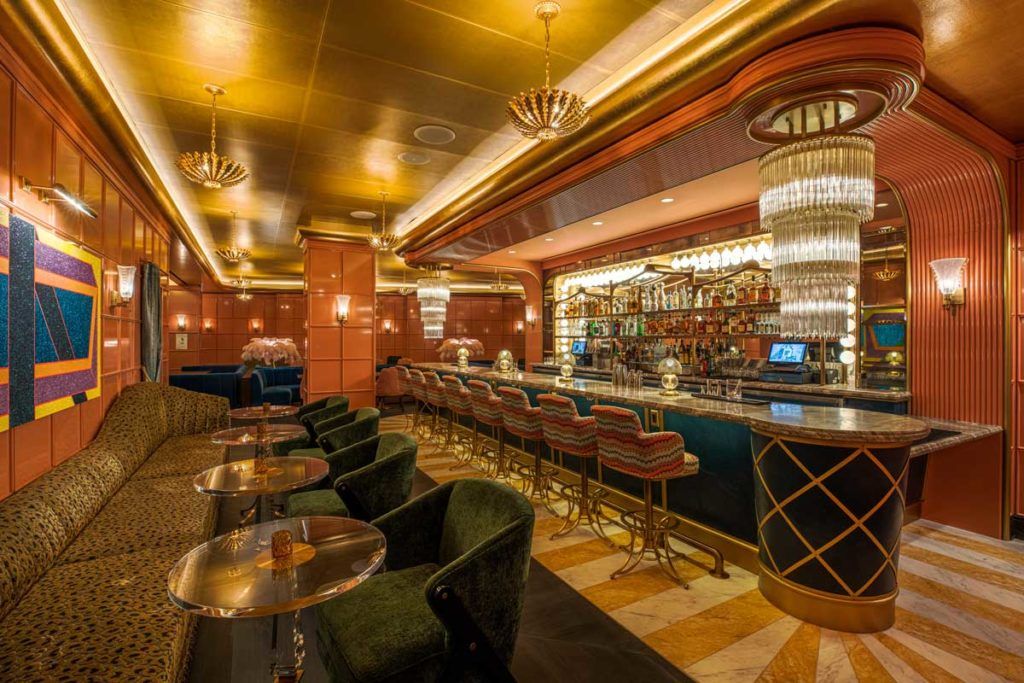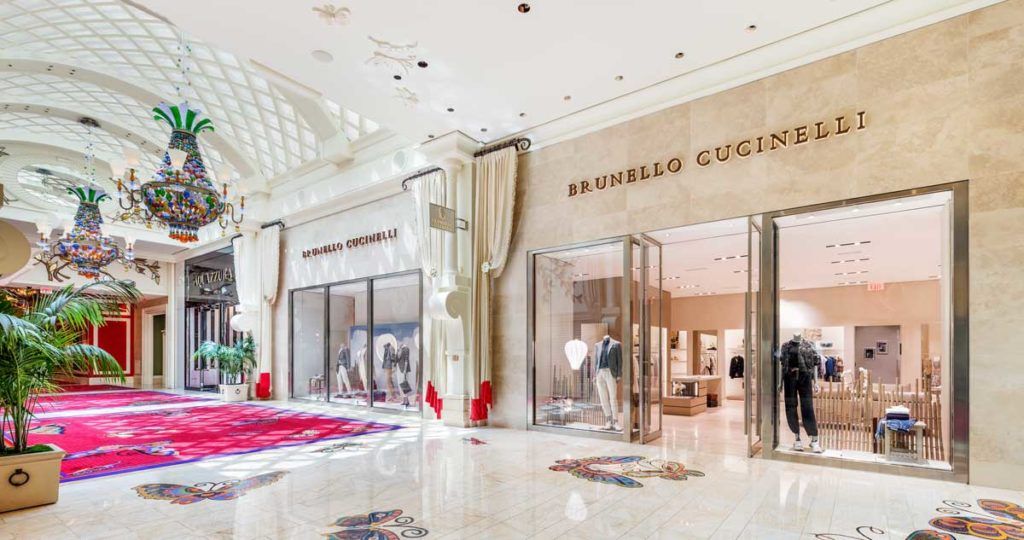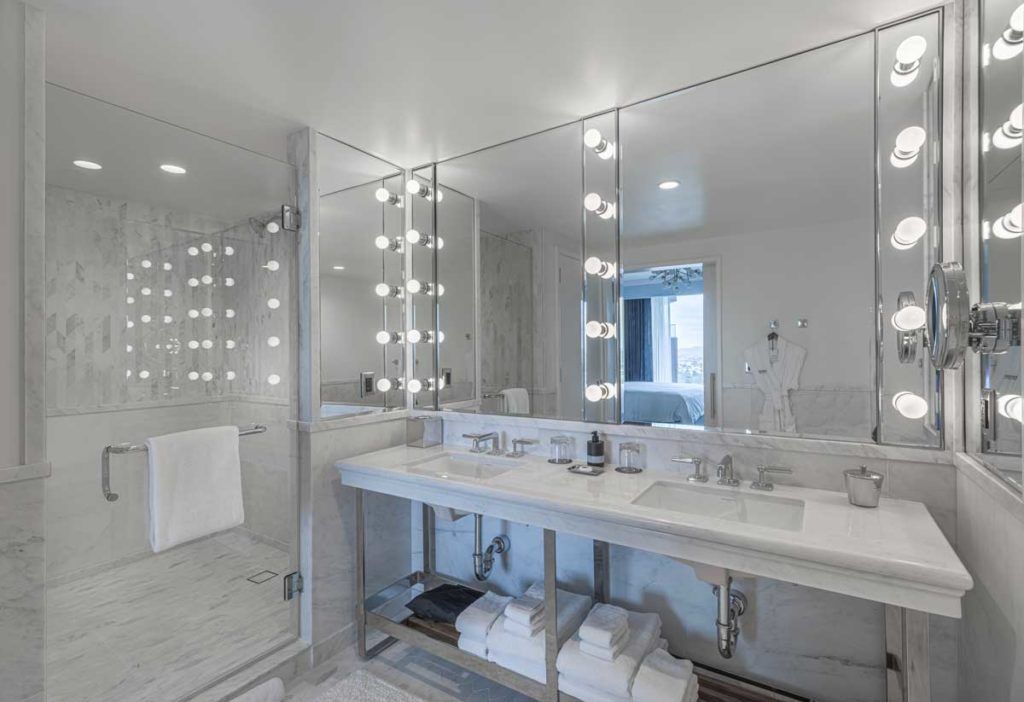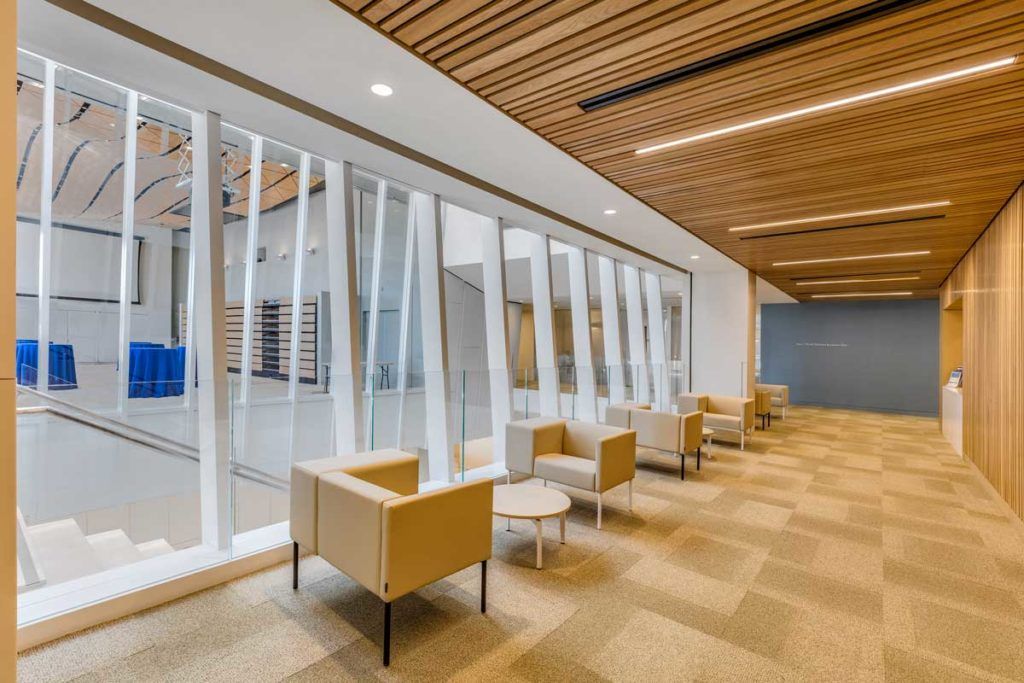Interior Glazing Applications Bring Unique Requirements
When it comes to interior commercial glazing on projects (such as high-end retail establishments, hotels, restaurants, schools and hospitals) materials, considerations, and installation vary project to project. Each project has unique requirements related to the glazing installation and maintenance.

Decorative Applications
Decorative installations in hotels, restaurants and other leisure establishments often incorporate the latest trends in specialty glass and hardware products. Whether installing hand-antiqued mirror, low-iron glass, backlit mirror, custom color inter-layers, cast glass, electronically enhanced glass, or custom-finish hardware, contract glaziers must be well-versed in and able to work with a wide array of products to deliver picture-perfect results.

High-End Retail
Clients in the retail space want to maximize visibility while incorporating elements that showcase their brand identity. For this reason, they often request frameless installations of jumbo-sized, ultra-clear low iron glass for doors, store-fronts, displays and shelving.
To optimize visibility, low-iron glass, which minimizes the greenish tint seen in standard glass, and frameless hardware are common features.

Bathrooms
Commercial bathroom glazing usually includes shower doors and mirrors for hotel rooms, spas, and fitness facilities. The primary concern with bathroom materials is their ability to hold up to long-term use in moist environments. This pertains not only to glass and mirror, but also to hardware, sealants and other structural components of the work.
The longevity of a scope can be improved by using mold-resistant sealants and rust-resistant hardware. These elements should also be inspected regularly and maintained meticulously to extend their lifespan. For bathroom mirrors, safety is key. One option is using a CAT II safety backing, which attaches to the back of the mirror and holds its pieces together in the case of breakage. Mirrors must also be attached with extra-strong mastic to make sure they stay intact.

Hospitals and Schools
It’s a major task to ensure that all glazing materials and installation methods meet the extremely strict safety standards required by schools and hospitals. Safety requirements and policies vary by state and according to the agency which has local jurisdiction. In California, for example, we may be required to meet standards set forth by the Office of Statewide Health and Planning Development, Department of Building and Safety, specific to each municipality, and/or the Department of State Architecture, depending on the project type.
Both schools and hospitals require materials to meet explicit fire and safety ratings. Emergency egress is another concern, as is ADA compliance. Hospitals call for installation of specific materials according to acute services, such as leaded glass in imaging rooms, and breakout doors in ICU areas, to name just a few.
Interior commercial glazing is as vast and nuanced as its exterior counterpart. It’s impressive how the industry continues to evolve: the innovative manufacturers who repeatedly raise the bar with their materials; the architects and designers who imagine and plan the possibilities; the GCs who keep the ship afloat; and of course, the estimators, project managers and glaziers who transform plans into reality.
This article originally appeared in USGlass magazine, volume 56, issue 6, June 2021